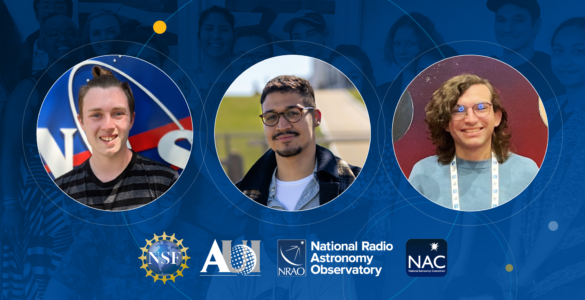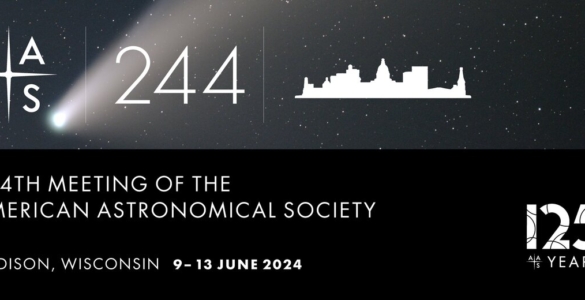Longest ALMA baseline achieved yet
The Atacama Large Millimeter/submillimeter Array (ALMA) has successfully tested an antenna in the most extended configuration of the array yet, producing the longest baseline ever achieved by ALMA. This advance became possible once the first of ALMA’s three extended arms was successfully powered up for the first time, and opens up the possibility of greatly extending ALMA’s capabilities. With longer baselines, the ability of a radio telescope to see fine detail increases, allowing astronomers to uncover much more information about objects observed in the Universe.
Lore, one of ALMA’s two tailor-made antenna transporters, made its first journey along the Pampa la Bola arm and for the first time relocated an antenna to a position seven kilometers away from its furthest neighbor. This marks a major new technical achievement in the Atacama Desert in Chile, at more than 5,000 meters above sea level. This new baseline is more than four times longer than is currently available to the ALMA scientific community, and tests of even longer baselines are in progress.
Catherine Vlahakis, Lead Program Scientist for the ALMA Long Baseline Campaign says that: “successfully powering up an antenna for the first time over these long distances marks an important technical step towards increasing ALMA’s ability to see objects in the Universe in fine detail”.
Ed Fomalont, Lead Scientist for the ALMA Long Baseline Campaign, explains that “the combination of the signals from the antennas produces patterns called fringes. The fringes measured from the antenna seven kilometers away were as pure and strong as will be needed to obtain high quality images when additional antennas are moved to these long baselines.”
Catherine Vlahakis, adds that “this is the first step in a process of moving several antennas out to these longer distances. Once the rest of the antennas are also in place we will be able to begin test observations of astronomical objects at higher angular resolution, and therefore in more exquisite detail, than ALMA has yet achieved.”
Observations that will further test extended configurations of the array will continue over the next two months. If all goes as intended, this process will provide astronomers with the knowledge needed to offer long-baseline observations to the scientific community.
The National Radio Astronomy Observatory is a facility of the National Science Foundation, operated under cooperative agreement by Associated Universities, Inc.
More Information
The Atacama Large Millimeter/submillimeter Array (ALMA), an international astronomy facility, is a partnership of Europe, North America and East Asia in cooperation with the Republic of Chile. ALMA is funded in Europe by the European Southern Observatory (ESO), in North America by the U.S. National Science Foundation (NSF) in cooperation with the National Research Council of Canada (NRC) and the National Science Council of Taiwan (NSC) and in East Asia by the National Institutes of Natural Sciences (NINS) of Japan in cooperation with the Academia Sinica (AS) in Taiwan. ALMA construction and operations are led on behalf of Europe by ESO, on behalf of North America by the National Radio Astronomy Observatory (NRAO), which is managed by Associated Universities, Inc. (AUI) and on behalf of East Asia by the National Astronomical Observatory of Japan (NAOJ). The Joint ALMA Observatory (JAO) provides the unified leadership and management of the construction, commissioning and operation of ALMA.

















